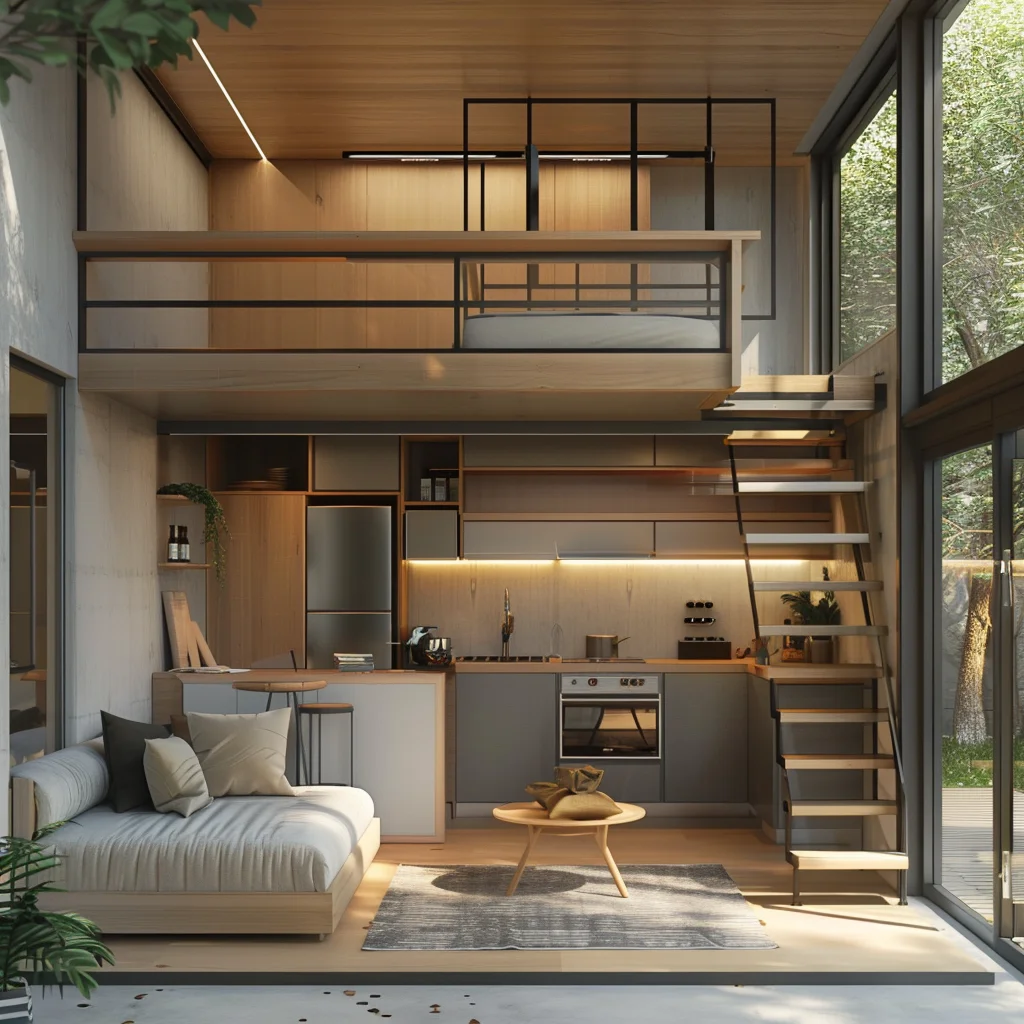Introduction
In today’s world, sustainable design is more important than ever. Making eco-friendly choices for your home not only helps protect the environment but also creates a healthier living space for you and your family. Sustainable design encompasses a variety of practices and principles aimed at reducing our ecological footprint while enhancing comfort and efficiency. In this post, we’ll explore practical and stylish ways to incorporate sustainability into your home design, proving that you don’t have to sacrifice aesthetics for eco-friendliness.
Why Choose Sustainable Design?
Sustainable design focuses on minimizing environmental impact through thoughtful material selection, energy efficiency, and waste reduction. Benefits include:
- Lower Utility Bills: Energy-efficient appliances and building materials can significantly reduce energy consumption, leading to lower utility bills.
- Healthier Living Environment: Eco-friendly materials often contain fewer toxins, promoting better indoor air quality.
- Long-Term Savings: Durable, high-quality materials reduce the need for frequent replacements, saving money in the long run.
- Environmental Impact: Sustainable practices help conserve natural resources, reduce pollution, and combat climate change.
Tips for Sustainable Home Design
Use Eco-Friendly Materials
- Reclaimed Wood: Incorporate reclaimed wood for flooring, furniture, and accents. This reduces the demand for new timber and adds character to your home.
- Bamboo: Bamboo is a fast-growing, renewable resource that’s ideal for flooring, cabinetry, and furniture.
- Recycled Metal: Choose recycled metal for fixtures, hardware, and structural elements to minimize mining and production impacts.
Energy Efficiency
- LED Lighting: Replace traditional incandescent bulbs with LED lights, which use less energy and last longer.
- Energy-Efficient Appliances: Invest in appliances with high energy ratings to reduce electricity consumption.
- Insulation: Proper insulation in walls, roofs, and floors helps maintain a consistent indoor temperature, reducing the need for heating and cooling.
Water Conservation
- Low-Flow Fixtures: Install low-flow faucets, showerheads, and toilets to reduce water usage without sacrificing performance.
- Rainwater Harvesting: Implement a rainwater harvesting system to collect and use rainwater for gardening and other non-potable needs.
- Drought-Resistant Landscaping: Choose native plants and drought-resistant landscaping to minimize water use in your garden.
Indoor Air Quality
- Non-Toxic Paints: Opt for paints and finishes that are low in volatile organic compounds (VOCs) to improve indoor air quality.
- Natural Fibers: Use natural fiber rugs and upholstery, such as wool, cotton, or jute, which are free from synthetic chemicals.
- Houseplants: Introduce houseplants to purify the air and add a touch of nature to your living space.
Waste Reduction
- Recycling and Composting: Set up a recycling station and compost bin to reduce household waste.
- Durable Products: Invest in high-quality, durable products that last longer and reduce the frequency of replacements.
- Minimalist Design: Embrace a minimalist approach by focusing on essential items and avoiding excessive consumption.
Sustainable Furniture
- Second-Hand and Vintage: Purchase second-hand or vintage furniture to reduce demand for new production and give old pieces a new life.
- Sustainable Brands: Support furniture brands that prioritize sustainability through responsible sourcing and ethical manufacturing practices.
Renewable Energy
- Solar Panels: Consider installing solar panels to generate clean, renewable energy for your home.
- Wind Turbines: If suitable for your location, small wind turbines can also provide renewable energy.
Smart Home Technology
- Smart Thermostats: Use smart thermostats to optimize heating and cooling, reducing energy waste.
- Energy Monitoring Systems: Implement energy monitoring systems to track and manage your household’s energy consumption effectively.
Conclusion
Sustainable design is about making conscious choices that benefit both the environment and your well-being. By incorporating eco-friendly materials, improving energy and water efficiency, enhancing indoor air quality, and reducing waste, you can create a home that is both stylish and sustainable. Remember, even small changes can make a big difference.
For more personalized advice on sustainable design and eco-friendly choices for your home, contact our interior design studio. Our team of experts is dedicated to helping you create a beautiful, sustainable living space that aligns with your values and lifestyle. Let’s work together to build a greener future, one home at a time.





